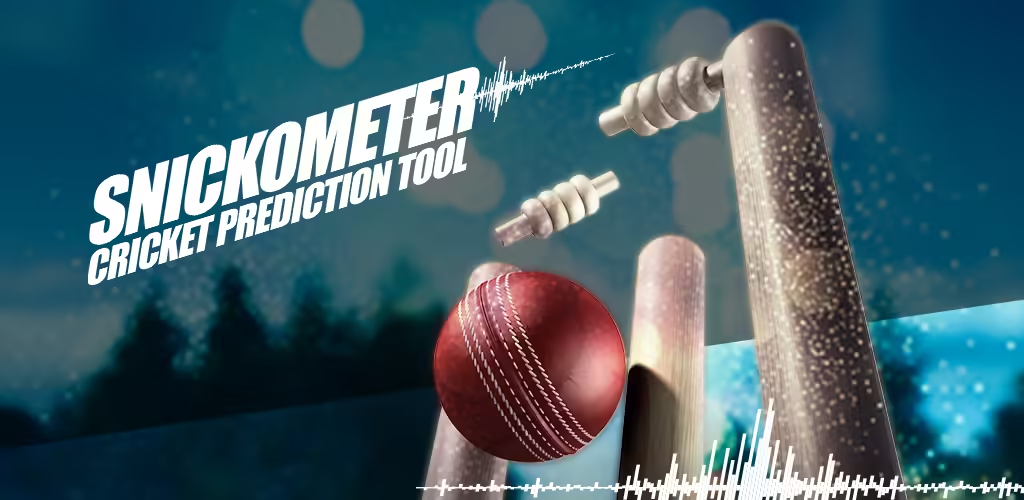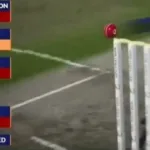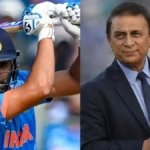Explore the key variations between Snickometer and UltraEdge, essential cricket technologies that assist umpires in detecting ball touch thru sound and visual impact evaluation.
In contemporary cricket, technological innovations have substantially advanced the accuracy of umpire selections. Among the most widely used gear for determining whether or not a batsman has made contact with the ball—specially in instances of appeals for catches or leg before wicket (LBW) choices—are UltraEdge and Snicko (or Snickometer). Both technology play critical roles in eliminating uncertainty and presenting clean proof for umpires.
What is UltraEdge?
UltraEdge, also referred to as Ultra-High Definition (UHD) or “Hot Spot,” is a ball-monitoring and effect-detection technology frequently used in cricket to determine whether or not a batsman has hit the ball with the bat or gloves. This machine employs thermal imaging cameras that discover the warmth generated whilst the ball makes contact with the bat or gloves.
How it Works:
UltraEdge uses specialized thermal cameras, often called “hot spot cameras,” to track the temperature changes when the ball makes touch with the bat or gloves. These cameras are distinctly sensitive to warmness, and while the ball strikes the bat, a warmness signature is produced. The device captures this warmness mark and creates a visual representation of the effect, showing precisely wherein the ball made touch with the bat or glove.
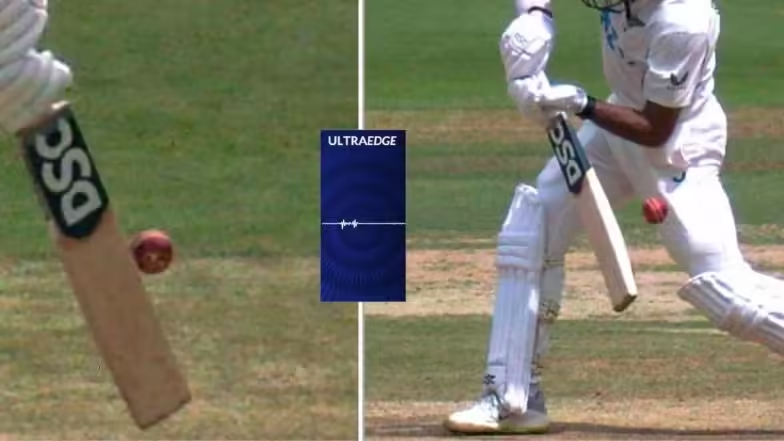
Visual Representation:
The UltraEdge machine generates a clear and unique photograph or mark at the display screen in which the ball made contact. This is displayed as a thermal mark, which is frequently brightly coloured, permitting the umpire and the 0.33 umpire to fast assess whether the ball hit the bat or gloves. This visual mark is precious in decisions associated with ability catches or LBW calls, imparting umpires with plain evidence of contact.
Usage:
UltraEdge is in the main utilized in two situations:
- Catches: When a fielder catches a ball that the batter has potentially hit, the system is used to decide whether or not the ball has made contact with the bat or gloves before the trap.
- LBW Decisions: UltraEdge can be used to rule out whether the ball has touched the bat or gloves before impacting the batsman’s body, imparting extra clarity in LBW evaluations.
While UltraEdge is remarkable for detecting visible marks of impact, it’s far regularly utilized in aggregate with different technology (like Snicko) to further verify the decision.
What is Snicko?
Snicko, short for “Snickometer,” is some other important era in cricket, designed to hit upon sound waves produced when the ball makes contact with the bat or gloves. Unlike UltraEdge, which uses visual thermal imaging, Snicko is based on audio signals to perceive touch. This technology uses an advanced microphone setup to seize the frequency of sound waves generated for the duration of the ball’s effect with the bat.
How it Works:
Snicko captures the audio alerts produced with the aid of the bat whilst the ball strikes it. The microphone setup is typically positioned close to the stump microphones or other parts of the sphere, ensuring that it may select up excessive-frequency sounds related to bat-ball touch. The sound is then analyzed by the device to hit upon the particular “snick” sound—the pointy, quick noise that happens while the ball hits the bat.
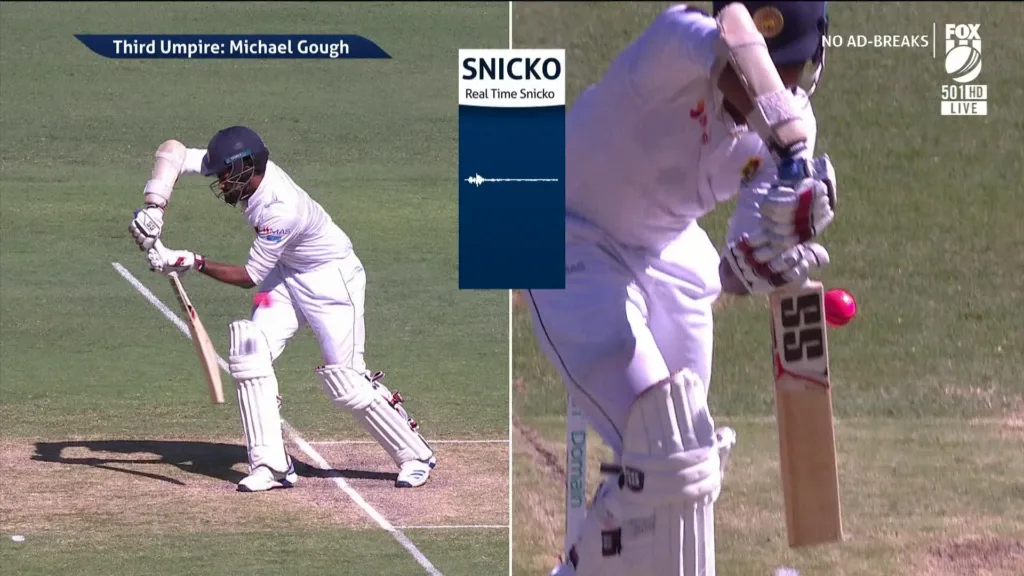
Visual Representation:
Snicko’s output isn’t a visible representation, but as an alternative an audio waveform that displays the timing and intensity of the sound on the subject of the ball’s trajectory. The waveform is displayed on a display, which facilitates the umpire decide whether or not there has been a exact contact among the ball and the bat. The device indicates the precise factor at which the “snick” came about, providing insight into the timing of the touch relative to the ball’s function.
Usage:
Snicko is normally utilized in instances of:
- Catches: When an attraction is made for a catch, Snicko can confirm if there was a legitimate of contact, indicating whether or not the ball touched the bat or gloves.
- LBW: In LBW critiques, Snicko can offer affirmation if there was a sound at the factor in which the ball may additionally have struck the bat, assisting to rule out whether the batter hit the ball before being struck on the leg.
While Snicko does no longer provide a visible marker like UltraEdge, it’s miles extremely beneficial while the ball has made an indistinct sound or whilst there’s ambiguity about the impact. It enhances UltraEdge’s visual statistics by means of adding an auditory layer of affirmation.
Key Differences Between UltraEdge and Snicko
While each UltraEdge and Snicko serve a similar reason—detecting whether the ball has made contact with the bat or gloves—they rely on distinctive techniques to acquire this. Here’s a contrast of the two technologies:
1. Detection Method:
- UltraEdge uses thermal imaging to detect warmness signatures created by the ball’s contact with the bat or gloves. This affords visual evidence of the effect.
- Snicko makes use of sound waves to capture the noise produced by using the ball’s impact. The generation analyzes the audio to locate the “snick” sound of bat-ball contact.
2. Output:
- UltraEdge generates a visible mark on the display wherein the ball has made touch, providing a clean, identifiable mark that can be analyzed in the context of the ball’s trajectory.
- Snicko produces an audio waveform, which shows the timing and frequency of the sound generated when the ball hits the bat. The waveform is analyzed by the umpire to confirm touch.
3. Application:
- UltraEdge is greater centered on visible proof of effect and is specifically useful when the ball’s touch creates a clean warmness signature.
- Snicko emphasizes auditory cues and is especially beneficial when the visual evidence is unclear or when there may be a want to corroborate the presence of a valid.
How UltraEdge and Snicko Work Together
While both UltraEdge and Snicko may be used independently, they’re regularly utilized in conjunction to offer a more thorough and correct analysis of capacity bat-ball touch. Together, they offer a greater comprehensive evaluation, ensuring that the umpire can make an knowledgeable decision.
For instance, if a seize is in question and UltraEdge indicates a faint warmth signature however does no longer offer a conclusive result, Snicko may additionally provide the crucial sound evidence to verify whether or not the ball hit the bat. Similarly, if Snicko alternatives up a snick but the visible evidence from UltraEdge is unclear, the 2 technologies collectively can help make the call greater dependable.
Impact on Umpire Decisions and the Future of Technology in Cricket
The integration of technologies like UltraEdge and Snicko has fundamentally changed the manner cricket suits are officiated. By putting off plenty of the subjectivity and lowering the margin for blunders, these tools have advanced the accuracy of umpire decisions, specifically in contentious conditions like capture appeals and LBW evaluations.
As the game keeps to adapt, further improvements in era are probable to emerge. Enhanced audio detection, subtle thermal imaging, or even greater state-of-the-art structures that integrate multiple forms of evidence will allow for even more unique decision-making. In the destiny, we may additionally see the considerable use of AI-pushed technology that integrate visible, auditory, and even kinetic facts (e.G., tracking player movements or bat speed) to help in real-time selection-making.
Conclusion
UltraEdge and Snicko represent the slicing edge of technological development in cricket, offering critical aid to on-area umpires in making greater accurate decisions. While UltraEdge relies on thermal imaging to hit upon the visible impact of the ball, Snicko complements this via studying the sound waves generated whilst the ball moves the bat. Together, they provide a complete gadget for detecting whether the batsman has made touch with the ball, particularly in contentious conditions like catches and LBW decisions.
The mixture of these technologies has now not most effective progressed choice-making accuracy however additionally made cricket a more transparent and truthful recreation. As generation maintains to advance, the function of UltraEdge, Snicko, and different improvements in cricket will best turn out to be greater outstanding, similarly enhancing the integrity of the game.
